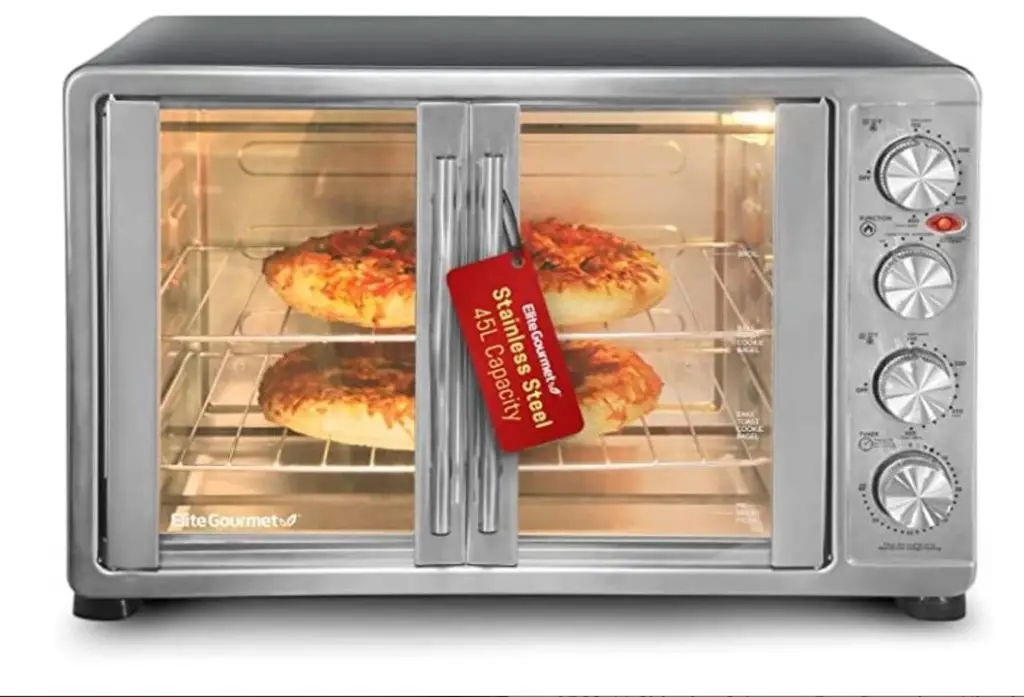If you’ve been wondering how a convection oven works, you’ve come to the right place. This guide will break down the science and mechanics, ensuring you have a firm grasp of how your convection oven operates. Follow our step-by-step instructions to make the most out of your appliance.

Table of Contents
What is Convection?
Convection is the process of heat transfer through a fluid (liquid or gas) by the motion of the fluid itself. In the context of a convection oven, it means that the oven uses a fan and exhaust system to circulate hot air around the food, which cooks it more evenly and quickly.
Basic Components of a Convection Oven
- Heating Element: This is what generates the heat inside the oven.
- Fan: The fan circulates the hot air throughout the oven.
- Exhaust: Helps to vent out any moisture or smoke.
- Control Panel: This is where you set the temperature, cooking time, and other settings.
Read more convection oven articles here – Convection Oven: Your Ultimate Guide
Mechanism: How a Convection Oven Works
Now that you know the basic components, let’s get into how a convection oven works. Follow these steps to understand the process:
- Preheat the Oven: First, set your desired temperature using the control panel.
- Activation of Heating Element: The heating element begins to generate heat.
- Fan Starts: Once the oven reaches a certain temperature, the fan turns on to circulate hot air.
- Cooking Process: The circulating air cooks the food more evenly and efficiently.
- Exhaust System: Moisture and smoke are vented out, ensuring a crispier exterior.
Benefits of Using a Convection Oven
Understanding how a convection oven works can help you make the most of its benefits, such as faster cooking times, more even cooking, and a crispier texture.
Troubleshooting Common Issues
Even with the best appliances, issues may arise. If you understand how a convection oven works, you’ll be better equipped to solve problems like uneven cooking or longer cooking times.
